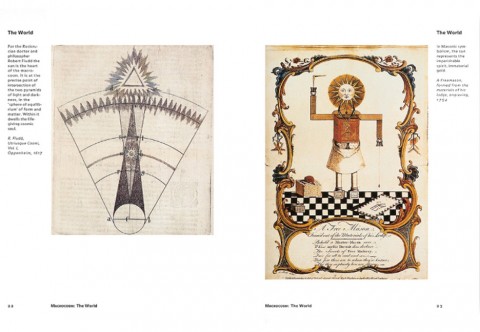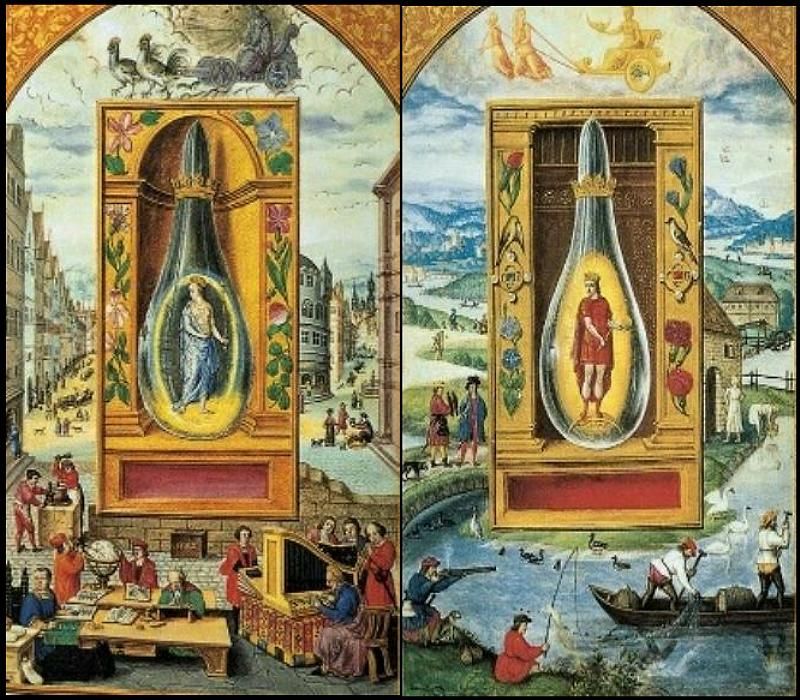

Taschen’s publication is another means of displaying Kubrick’s work and that of his collaborators. Overwhelmed by the archive of research and materials left behind by her husband, Christiane turned to London’s University of the Arts, where his work is now stored for posterity. I just tearfully didn’t know what to do at all.”

He had boxes everywhere… It wasn’t easy for me, when at first I was in total shock 15 years ago, and I was confronted with an ocean of boxes. “You would barely have any room,” Christiane Kubrick told us, “because you’d have to meander sideways through the shelves and the desks. The room in which Den Of Geek stood on that warm June evening was once one of Kubrick’s main offices – stuffed full of books, papers and boxes of his research. When Stanley Kubrick was still alive and making his films, Childwickbury was a hive of industry. Christiane Kubrick still lives here, and her paintings now hang on its expansive walls. He edited and oversaw the creation of all his films from the late 60s onwards at Childwickbury, including A Space Odyssey. Kubrick performed all kinds of filmmaking alchemy here. It took place at Childwickbury Manor, the Hertfordshire home which, for more than 30 years, served as Kubrick’s base of operations before his death in 1999. The Making Of 2001′s launch was similarly lavish. It’s a timely reminder of how captivating a piece of print can be. Carefully leafing through the first volume, which contains stills from the film, we notice that the back of every page has been printed black, and that the infinite black of space in each image has been graded so that every single one precisely matches. Each volume is jet black and made to the proportions of those obsidian monoliths which howled through the ages in A Space Odyssey. It really is an achingly handsome collection of work exquisitely designed, bound and printed.

Every edition is signed by the late auteur’s widow, Christiane Kubrick, while the Art Edition also comes with one of two prints signed by their artist, Brian Sanders. As a bonus, there’s also a replica of Mad Magazine’s spoof edition (201 Minutes Of Space Idiocy) from 1969. Admittedly, you get a lot of beautiful design and print for your money – both the standard and the Art Edition come with four hardbound volumes, each devoted to one aspect of Kubrick’s picture: film stills in one volume, behind-the-scenes images and designs in another, the screenplay in the next, and the absurdly detailed production notes in the last.


 0 kommentar(er)
0 kommentar(er)
